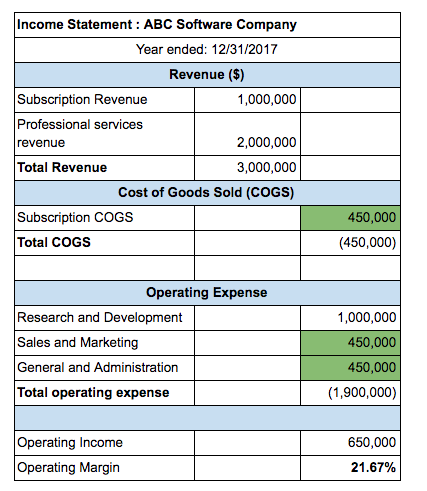Chapter 3 Cost-Volume-Profit Analysis MC Flashcards
Content
CM is new to this section and represents the contribution margin. Using requirement c as a guide, explain whether management should stay with the labor-intensive process or switch to an automated process. Sierra Books Incorporated produces two different products with https://online-accounting.net/ the following monthly data . Gonzalez Company produces two different products that have the following monthly data . Hi-Tech Incorporated produces two different products with the following monthly data . Break-Even Point and Target Profit Measured in Sales Dollars .
Thus, the analyst can be helpful in deriving tangible conclusions and be instrumental in making optimal decisions. Financial Sensitivity Analysis allows the analyst to be flexible with the boundaries within which to test the sensitivity of the dependent variables to the independent variables. Higher operating leverage can lead to higher profit. However, high operating leverage companies that encounter declining sales tend to feel the negative impact more than companies with low operating leverage. One way to observe the importance of operating leverage is to compare the break-even point in sales dollars for each company. In calculating the break-even point, we must assume the sales mix for the r and s models will remain consistent with historical sales, respectively, at all different sales levels. The sales mix is the proportion of one product’s sales to total sales.
Short Answer
Tell the story to people of different ages to see where they stand as well. This is an open access article distributed under the Creative Commons Attribution License, which permits unrestricted use, distribution, Using Cost-Volume-Profit Models for Sensitivity Analysis and reproduction in any medium, provided the original work is properly cited. Jindra, “Product innovation and decision-making autonomy in subsidiaries of multinational companies,” Journal of World Business, vol.
- The contribution margin per unit of constraint is a helpful measure in determining how constrained resources should be utilized.
- Before assuming the worst, take a closer look to see how the bottom line is being impacted.
- This strategy does not work with variable costing because all fixed manufacturing overhead costs are expensed as incurred, regardless of the level of sales.
- The cost-volume-profit model can be used to analyze how changes to any of its variables will affect profitability.
Operating leverage is an important concept because it affects how sensitive profits are to changes in sales volume. This is best illustrated by comparing two companies with identical sales and profits but with different cost structures, as we do in Figure 3.6 “Operating Leverage Example”. High Operating Leverage Company has relatively high fixed costs, and Low Operating Leverage Company has relatively low fixed costs. Finally, sensitivity analysis can be used in break-even & target income sales calculations because it offers different scenarios whether by increasing sales, reducing variable cost or even cutting down the fixed cost. FP&A professionals rely on Microsoft Excel so much to perform CVP & sensitivity analysis models. Target Income Sales is the amount of sales needed to cover all variable & fixed costs plus the target income. Target income is the operating income that a company wants to achieve during a specific period.
. Discuss the effects of absorption and variable costing on profits
First, we must expand the profit equation presented earlier to include multiple products. Finding the target profit in units is similar to finding the break-even point in units except that profit is no longer set to zero. The break- even point in sales dollars is the total sales measured in dollars required to achieve zero profit. We use the term “fixed cost” because it describes a cost that is fixed in total with changes in volume of activity. We use the term “variable cost” because it describes a cost that varies in total with changes in volume of activity.



